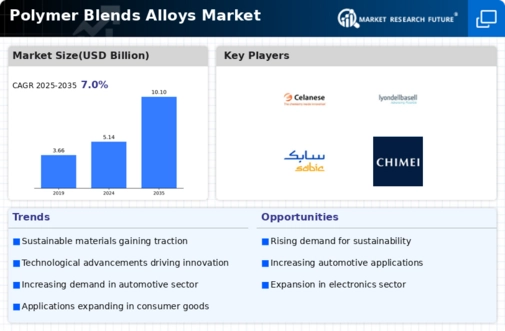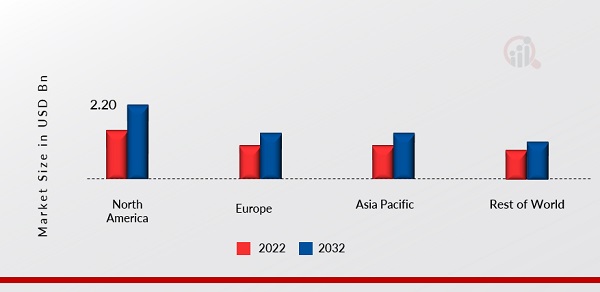Leading market players are putting a lot of money into research and development to expand their product lines, which will drive the market for polymer blends alloys to expand even further. Additionally, market players are engaging in a range of calculated initiatives to increase their worldwide presence, with important market developments involving the introduction of new products, contracts, M&A transactions, increased investment, and cooperation with other enterprises. To grow and endure in an increasingly cutthroat and dynamic market, the polymer blends alloys industry must provide reasonably priced goods.
Manufacturing locally is one of the primary business techniques used by manufacturers to cut operational costs in the polymer blends alloys industry to help customers and expand the market segment. In recent years, the polymer blends alloys industry has provided some of the biggest benefits to medicine. Major players in the polymer blends alloys market, including Celanese, Covestro AG, BASF SE, JSR Corporation, LyondellBasel, Mitsubishi Engineering-Plastics Corporation, SABIC, Daicel Polymer Ltd., Asahi Kasei Chemical Corporation, CHIMEI Corporation, INEOS Styrolution Group, are engaging in research and development activities in an effort to boost market demand.
With its headquarters located in Irving, Texas, Celanese Corporation, previously known as Hoechst Celanese—is an American technology and specialized materials corporation. The company is a Fortune 500 company. At 1.95 million tonnes annually or around 25% of production, the firm is the world's largest manufacturer of acetic acid. Additionally, the production of vinyl acetate monomer (VAM) is dominated by Celanese globally. Celanese has operations in 11 countries, mostly in North America, Europe, and Asia, with 25 production sites and six research centers. The three biggest acetic acid factories in the world are owned and run by this corporation.
In May 2020, Celanese gave Daicel, who already controlled 55% of Polyplastics, their 45% share. After this deal, Daicel became the sole owner of Polyplastics.
The largest chemical producer in the world, BASF SE (pronounced as an initialize of its former name, Badische Anilin- und Sodafabrik, which translates to "Baden Aniline and Soda Factory") is a corporation based in Europe. Its German headquarters are situated in Ludwigshafen.With joint ventures and subsidiaries in more than 80 nations, BASF runs 390 additional manufacturing sites throughout Europe, Asia, Australia, the Americas, and Africa, in addition to six integrated production sites. With clients in more than 190 nations, BASF provides goods to a diverse range of sectors.
In August 2019, in exchange for cash and free of debt, BASF agreed to sell its pigments division to the Japanese fine chemical manufacturer DIC for €1.15 billion ($1.28 billion).


 Source: Primary Research, Secondary Research, Market Research Future Database and Analyst Review
Source: Primary Research, Secondary Research, Market Research Future Database and Analyst Review


